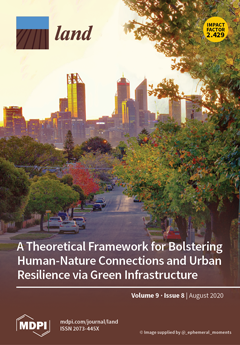A Relational Approach to Landscape Stewardship: Towards a New Perspective for Multi-Actor Collaboration
Landscape stewardship is increasingly understood within the framing of complex social-ecological systems. To consider the implications of this, we focus on one of the key characteristics of complex social-ecological systems: they are relationally constituted, meaning that system characteristics emerge out of dynamic relations between system components. We focus on multi-actor collaboration as a key form of relationality in landscapes, seeking a more textured understanding of the social relations between landscape actors.


